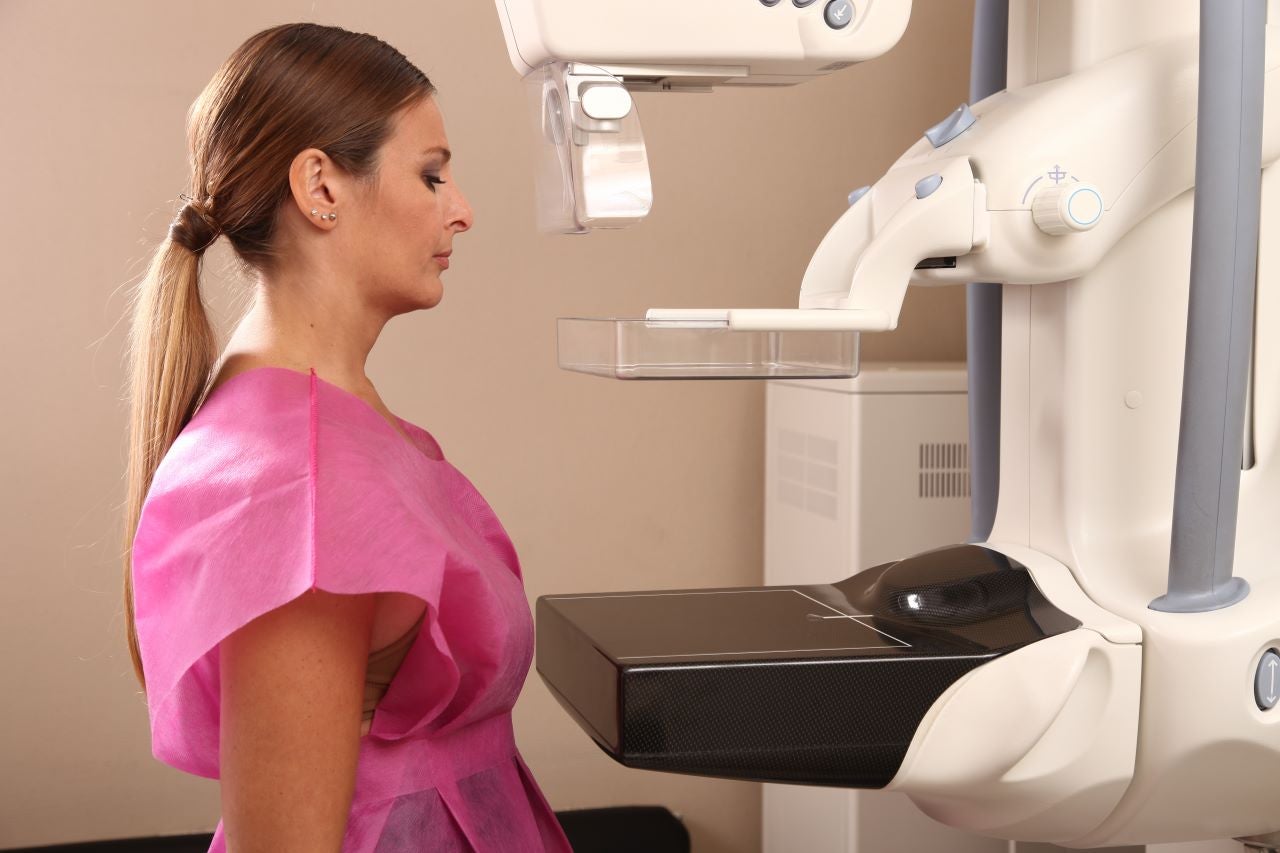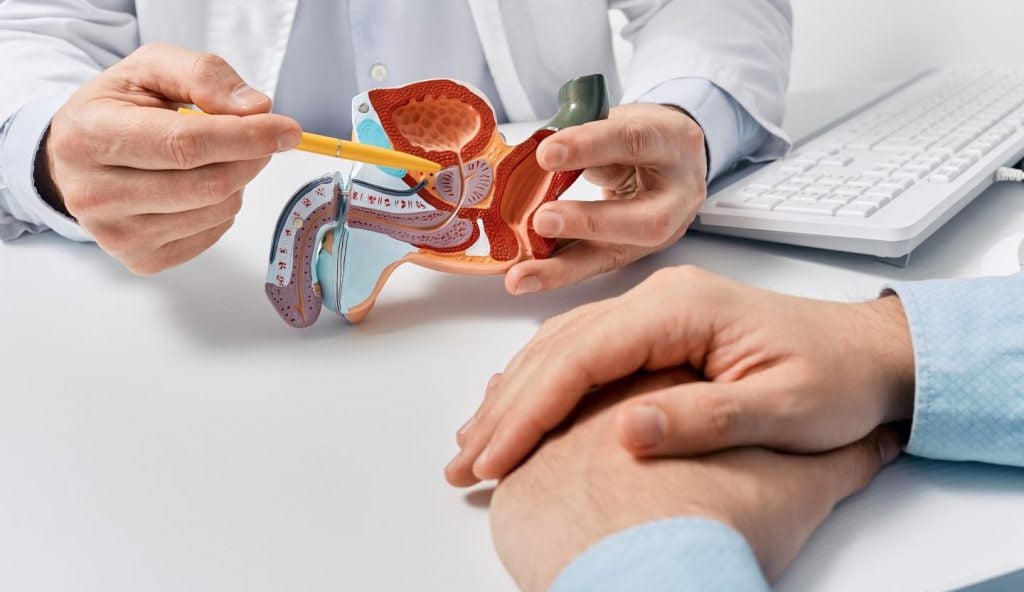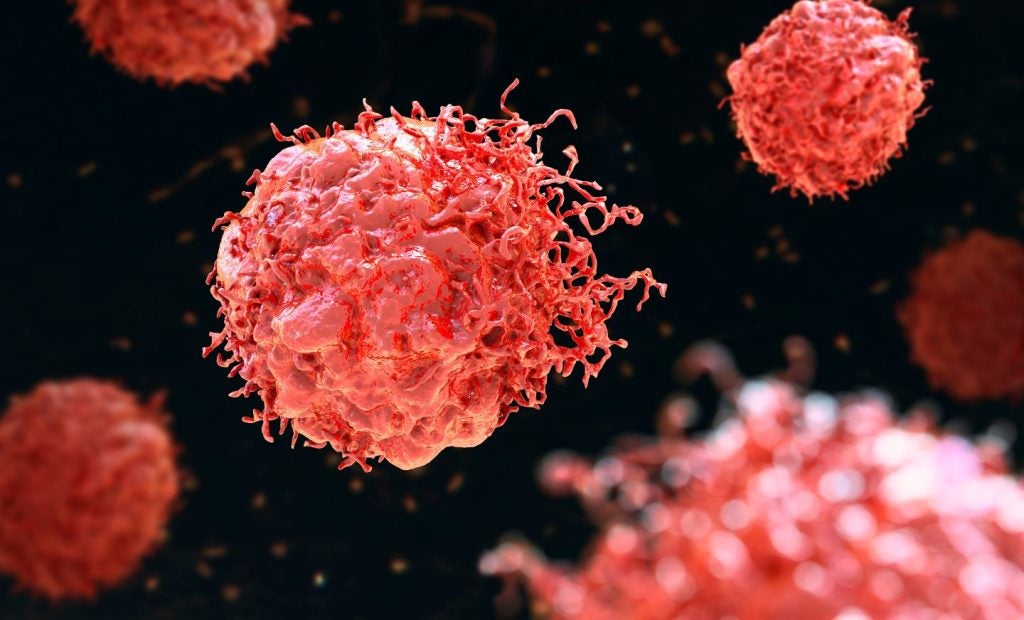Regular breast cancer screening by mammography is a leading method of early detection and has been shown to reduce breast cancer mortality by up to 40%, according to the American College of Radiology (ACR). However, high breast density can be a barrier to effective mammography by producing false positives or obscuring small tumours. This may be part of the reason why breast density is considered a risk factor for developing breast cancer. A recent study published in JAMA Oncology by Jiang and colleagues from the Washington University School of Medicine explored breast density over time as a risk factor for cancer, potentially increasing the effectiveness of mammography over time as a diagnostic tool.
Jiang and colleagues inspected the relationship between breast density loss over time and the risk of breast cancer. The study followed 10,481 postmenopausal women who had mammograms at the Joanne Knight Breast Health Center at Washington University in St Louis, Missouri from 2008 to 2020. All women were cancer-free at the beginning of the study. Women that developed breast cancer during the ten-year follow-up became “cases” and those that did not remained “controls”. The investigators found that both initial breast density and rate of density loss were associated with breast cancer risk over a ten-year period.
How well do you really know your competitors?
Access the most comprehensive Company Profiles on the market, powered by GlobalData. Save hours of research. Gain competitive edge.

Thank you!
Your download email will arrive shortly
Not ready to buy yet? Download a free sample
We are confident about the unique quality of our Company Profiles. However, we want you to make the most beneficial decision for your business, so we offer a free sample that you can download by submitting the below form
By GlobalDataThe US Centers for Disease Control and Prevention (CDC) note that breast density is determined by the ratio of fibrous tissue, glandular tissue, and fatty tissue in breasts. Higher breast density is associated with youth, pregnancy or breastfeeding, hormone therapy, or low body mass index (BMI). Conversely, people with higher BMI, advanced age, and low hormones, as seen in postmenopausal women, have lower breast density. The Washington University study noted that women who would develop breast cancer had higher breast density at the beginning of the study than those that did not.
The researchers reported that both rate and degree of density loss were associated with eventual breast cancer development. The study participants received mammogram screening every one or two years. Over ten years, case breasts lost less density than control breasts, and the rate of density loss was significantly slower in case breasts than control breasts. These differences in density loss were more pronounced when measured breast-to-breast, rather than woman-to-woman. When researchers averaged the density of both breasts in each participant, there was no significant difference in the rate of density loss between women who developed breast cancer and those who did not. However, when each breast was measured separately, the researchers found that the breasts that would develop cancer were both denser initially and lost density more slowly than those that did not.
In 2023, GlobalData epidemiologists predict over 278,000 diagnosed incident cases of invasive breast cancer. The prognosis for these women can be improved via early detection and risk prediction, and this should not face barriers due to breast density. The CDC currently recommends breast ultrasound or MRI for high-density breast screening but increasing the effectiveness of mammography can improve accessibility for underserved women; additional knowledge such as density loss can better inform care providers using existing screening methods.









Related Company Profiles
Acr Srl
Centers for Disease Control and Prevention